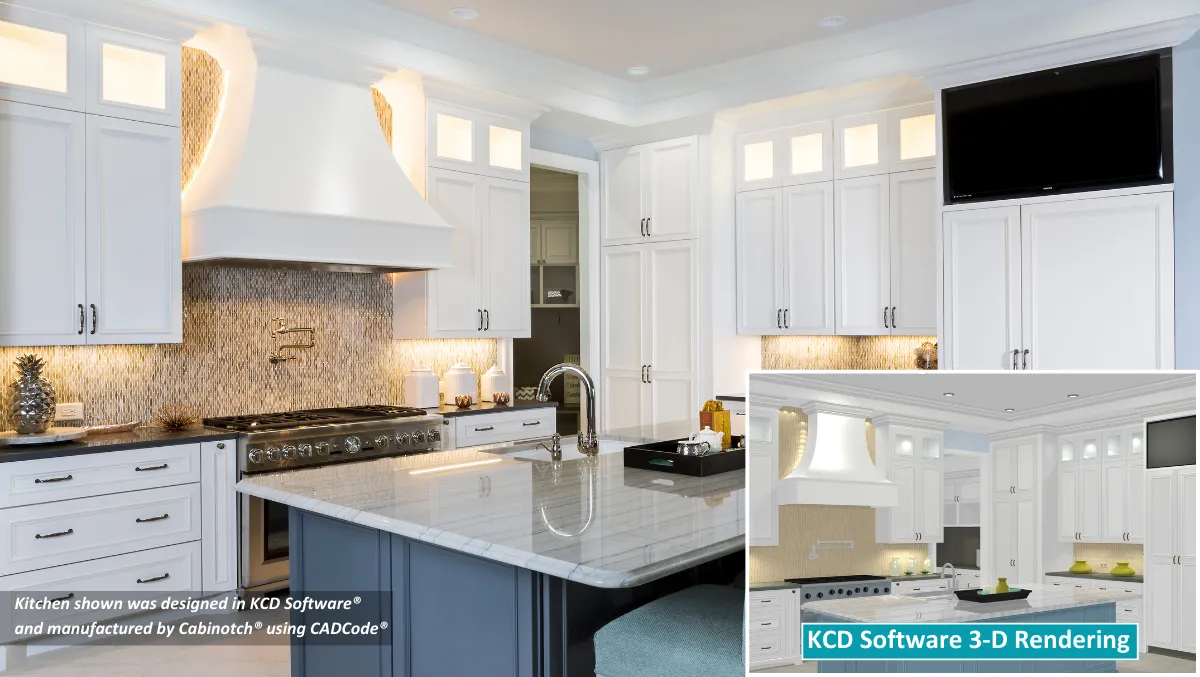Table of Contents
Fiberesin’s Stonewood Architectural Panels complement mHouse’s modern look in stunning fashion
By Scott W. Angus
Many aspects of Fiberesin’s Stonewood Architectural Panels appealed to John Aufderhaar as he made plans to build a house featuring the best of today’s laminates.
 Flexibility and durability were high on the list, and they helped make Stonewood a solid choice for the exterior of the mHouse, a one-of-a-kind demonstration home that Aufderhaar, president of Bedford Falls Communications and publisher of Surface & Panel magazine and its materialicious website, built in Watertown, Wis.
Flexibility and durability were high on the list, and they helped make Stonewood a solid choice for the exterior of the mHouse, a one-of-a-kind demonstration home that Aufderhaar, president of Bedford Falls Communications and publisher of Surface & Panel magazine and its materialicious website, built in Watertown, Wis.
Ultimately, though, the phenolic wall panels simply felt right for the house’s design. “It’s the perfect fit for the modern nature of the house,” Aufderhaar said.
The mHouse was designed to showcase innovative materials, especially in the composite panel and decorative surfaces industries. That Stonewood is a laminated product further added to its appeal as part of the house.
Mike MacDougal, president and CEO of Fiberesin, agreed that the mHouse’s design provided the perfect opportunity to showcase Stonewood in a residential application.
“Forward-looking designers are the target market for Stonewood Architectural products, and we felt that this project was geared toward those professionals,” MacDougal said.
Stonewood is highly customizable, and Aufderhaar and his architect, John Vetter of Milwaukee, took advantage of the product’s versatility.
The panels are available in an endless variety of solid colors, patterns, wood grains, stones or marbles. Aufderhaar selected a walnut vertical pattern for the mHouse.
Why walnut?
“It works well with the black fascia, the design of the house, the black windows. Having that rich, reddish-brown walnut, it worked well,” Aufderhaar said.
The panels, which are made in 4-by-8-foot sheets, are easily cut to fit just about any design.
At the mHouse, Vetter decided to alternate widths to create interest. He went with a mix of one-third, two-thirds, full and custom and attached the panels in a random order. The panels were cut on site, and no special edging was required.
“Stonewood can be easily fabricated with a variety of profiles and are self-edging. Minimal sanding and polishing creates an attractive edge that is visually and tactilely pleasing,” Fiberesin explains on its website.
Stonewood is a thermally fused material comprising multiple sheets of kraft fiber paper. To produce Stonewood, Fiberesin impregnates the raw core kraft sheets with phenolic resins that are then cured. The treated papers are then hot pressed, fusing the layers into a solid panel. No adhesives are needed.
The result is a solid, strong material that is ideal for either horizontal or vertical surfaces where strength and appearance are both important.
Stonewood Architectural Panels are used for decorative interior and exterior wall panels, rainscreens, soffits and any application requiring strength, rigidity, durability, moisture resistance and decorative appeal. Stonewood is UV and moisture resistant and is available with a Class A or B fire rating.
Its high strength-to-weight ratio allows Stonewood to be used in place of fiber cement, aluminum composite panels, metal and vinyl siding or wood façade products. Stonewood panels can be fabricated with standard woodworking tools and can be attached with screws or adhesives. Stonewood panels work with almost any rainscreen fastening system, but Fiberesin strongly recommends the NorthClad EF Exposed Fastener Panel System.
Beyond the design and convenience, Stonewood’s durability appealed to Aufderhaar, given the extremes of southern Wisconsin weather. “It is unbelievable in terms of durability and weatherability. It will take anything that the weather around here throws at it for decades to come,” he said.
Fiberesin, based in Oconomowoc, Wis., is a leading manufacturer of custom- engineered materials, components and finished goods serving the building materials, commercial furniture, medical, education, and recreation markets, among others.
engineered materials, components and finished goods serving the building materials, commercial furniture, medical, education, and recreation markets, among others.
Fiberesin also contributed a desk for a small office area in the front of the mHouse. Like Stonewood, the desk is made of saturated craft sheets, but it has no decorative layer on top. Instead, the desk is made of layers of bleached and black sheets – with each layer consisting of multiple sheets that combined are 1/16th-inch thick.
Two 1 ¼-inch panels were fastened together to create the 2 ½-inch-thick desk, with the black paper as the top and the edge revealing the alternate layers of black and bleached. That reveal follows a theme seen in several other places in the house, including the fireplace.
 “The desk once again fits in as a laminated product,” Aufderhaar said. “We’re all about alternative materials, particularly laminates. The desk is just another example of the flexibility of phenolic panels.”
“The desk once again fits in as a laminated product,” Aufderhaar said. “We’re all about alternative materials, particularly laminates. The desk is just another example of the flexibility of phenolic panels.”
MacDougal said the desk is a different application for Stonewood that “turned out great.” The layers can be customized to an infinite number of looks, he noted.
“It is an eye-catching piece that you see right when you enter the house,” McDougal said of the mHouse desk.
Architect Vetter had specified solid phenolic panels before, but he typically found them at companies in Europe. Through this project, he learned that some of the best panels in the world are made just 30 miles from his Milwaukee office. He has since chosen Fiberesin’s Stonewood for another house project in suburban Milwaukee.
Asked his impression of the finished mHouse featuring his company’s phenolic panels, Fiberesin’s MacDougal answered with one word: “Stunning.”










